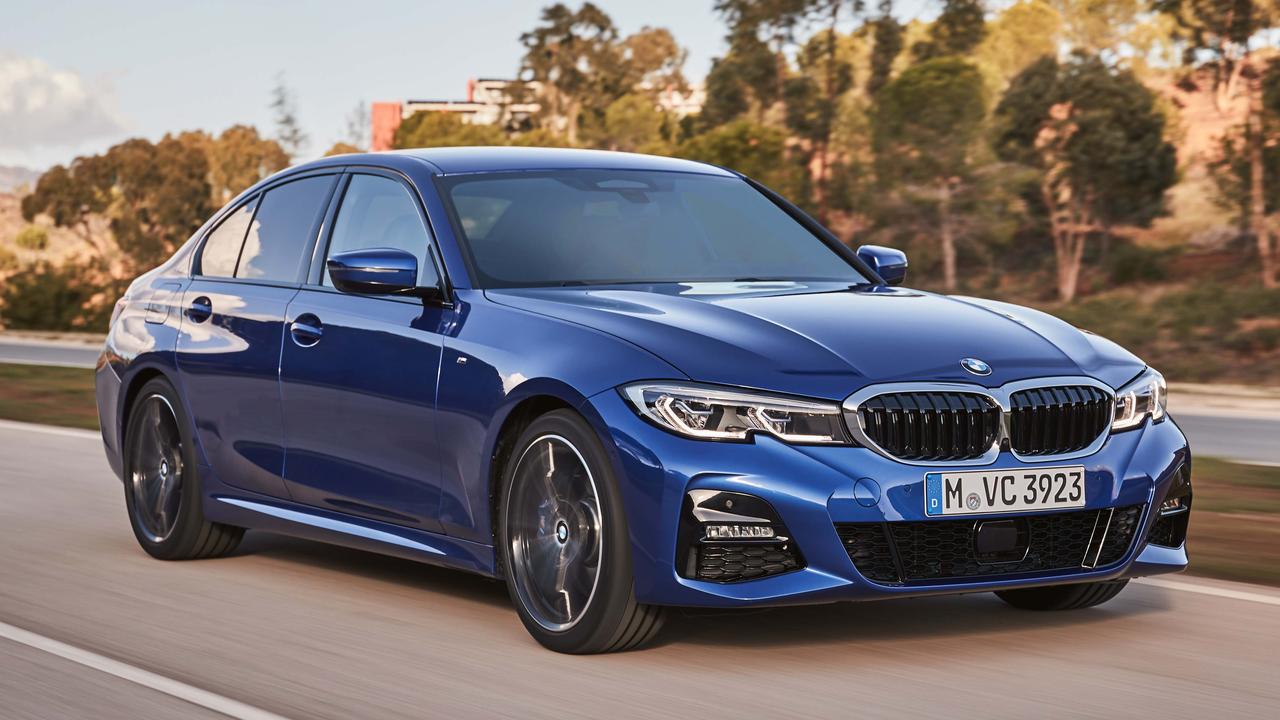Car review: Bentley Mulsanne Speed
The Bentley Mulsanne Speed has many interesting features, but one in particular stopped me in my tracks.

People who live near a busy road often moan about traffic noise, and they have my sympathy. I’d rather listen to a wounded hare than a motorway. There are many reasons traffic makes such a din. Motorbikes are a big source, and so far as I can tell they’re getting even louder. Buses, too. But cars are a different story. With the exception of rare and extremely expensive supercars, modern car engines and exhaust systems are getting quieter.
Bob Seger once sang about being on tour — “You can listen to the engine moanin’ out his one-note song” — but he’s wide of the mark. Most of the noise made by a car on a motorway actually comes from the tyres. It’s not just the sound of the rubber gripping the road; it’s the air in the tread being compressed, and it’s all amplified because a tyre is basically a big echo chamber.
And that brings us to the Bentley Mulsanne Speed. One was brought to my office by two earnest chaps, who were at pains to point out the various interesting features. But the one that stopped me in my tracks was the Dunlop rubber, which, they said, had been tuned for quietness.
They weren’t kidding. At 110km/h this car is practically silent. It’s huge, with the aerodynamic properties of a house, but it barges through the elements with all the aural fuss of a butterfly alighting on a buddleia petal. It’s not just quiet for the occupants. It’s quiet for everyone. These tyres should be compulsory for all cars. They’re brilliant.
And so, for exactly the same reason, is the 6.75-litre V8 engine. Amazingly, it was designed before I was born. And, on paper, you can tell. Words such as “single camshaft” and “pushrod” are from a time of rationing and diphtheria.
Eighteen years ago, when Volkswagen took control of Bentley, it said this venerable old V8 would have to be discontinued in the near future because it simply couldn’t be tuned to meet emission regulations. But it was wrong. It has fitted a couple of turbochargers and added a system that shuts down half the cylinders when they’re not needed, to save fuel. And you’d imagine that all this tweakery would cause it to become feeble. But it doesn’t. The numbers are incredible: you get 395kW and, at just 1750rpm, a truly colossal 1100 torques. There are bulldozers with less than that; it’s hysterical force. Yet if you stab the throttle deep into the thick, luxurious carpet, there is a barely discernible hum. At all other times it’s as silent as a sleeping nun.
So this is a quiet car. And given the air suspension, it’s comfortable too. It’s also good looking and equipped with a 2200-watt stereo. That’s not a misprint. Bentley has fitted this completely silent car with a sound system that could blow your head clean off.
However. Someone at Bentley obviously believes luxury can be measured by the amount of buttons and switches, because they’ve gone berserk. There are two satnav screens in the front that can be operated from the dash or the steering wheel or by touching the screen itself or by using your voice. Happily, there is a USB port — but it’s in a little drawer that can’t be shut if you’re using it. Then there’s the charging point, under the central armrest, which also can’t be shut if it’s in use. You get the sense that asking Bentley to fit modern-day electronics is a bit like asking a bespoke cabinet maker to reprogram your iPhone.
The result is daunting. You sit behind the wheel confronted by all this stuff, and you can’t help thinking how much better this car would be if only it were less complicated. It’s annoying. I like the idea of a Bentley — my grandfather had an R Type, and it was the first car I drove. I like the idea, too, of telling people I drive an “MFB” (in the sweary shorthand beloved by rappers). But I never once drove this car as a Bentley could and should be driven. I never felt obliged to put it in its Sport setting and unleash all those torques. I just wafted about in it. And if I want a large, luxurious car in which to waft, I’d rather have the simpler, more tasteful Rolls-Royce Ghost. Because when you sink into one of those, you say, “Aaaah.” Whereas when you sink into the Mulsanne Speed, you think: “Oh, for God’s sake. Where’s the button that shuts the bloody satnav up?”
Image Captions:
Swan song: the final Commodore, and the first, the 1978 VB
HOLDEN VFII COMMODORE SSV REDLINE Engine: 6.2-litre V8 petrol (304kW/570Nm) TRANSMISSION: Six-speed automatic, rear-wheel drive; average fuel 12.9 litres per 100km PRICE: $56,690
Bentley Mulsanne Speed Engine: 6.8-litre turbocharged V8 petrol (395kW/1100Nm). Average fuel 15.0 litres per 100km Transmission: Eight-speed automatic, rear-wheel drive PRICE: $733,387



